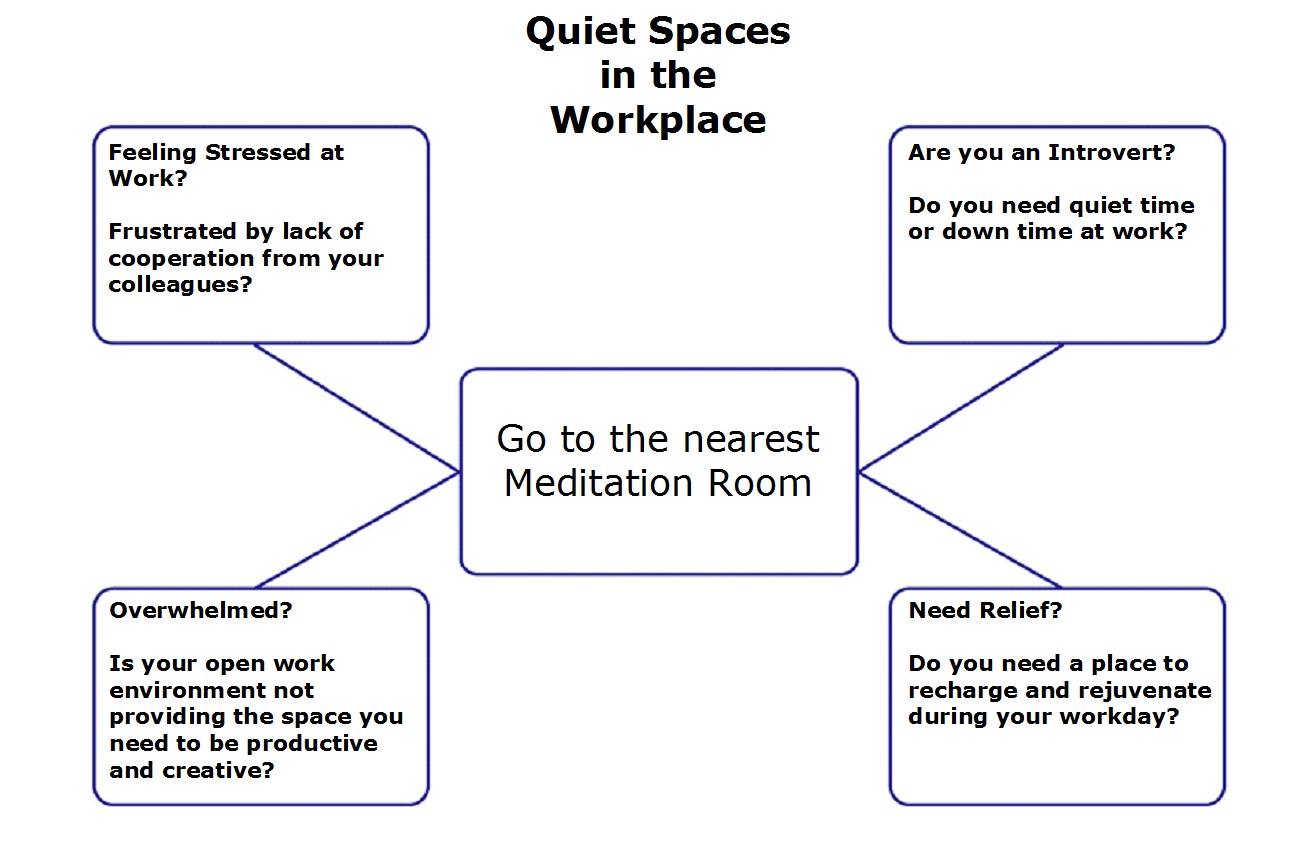I’m reposting my open letter to CEOs because I want the word out. We as managers, as directors, as presidents, as chiefs, we as leaders of all types have a responsibility to not only do right by our customers but also, and possibly more importantly, to do right by our employees. Employee well-being and customer satisfaction are inextricably linked. Happy employees, happy company, happy customers. Please pass this on and embrace it yourself, as we’re all leaders in one form or another…
Dear CEOs,
If it’s true that actively disengaged workers are costing the US $550 billion (Gallup) in economic activity annually and stress is costing American businesses $300 billion per year (World Health Organization), doesn’t it follow that even if we make slight improvements in employees’ lives, the net savings or contributions to economic activity could be in the hundreds of millions, if not in the billions?
How do we do this? There’s no pill…no single solution; however, small steps add up to big changes. One small step is tweaking how we view our employees. Whole beings who have whole lives walk through the office doors each morning with whole stuff going on…stuff from home, stuff from yesterday at work…emotional stuff, mental stuff, physical stuff, spiritual stuff, social stuff (some add environmental). How can you, as a CEO, address each of these facets of health in each of your employees?









